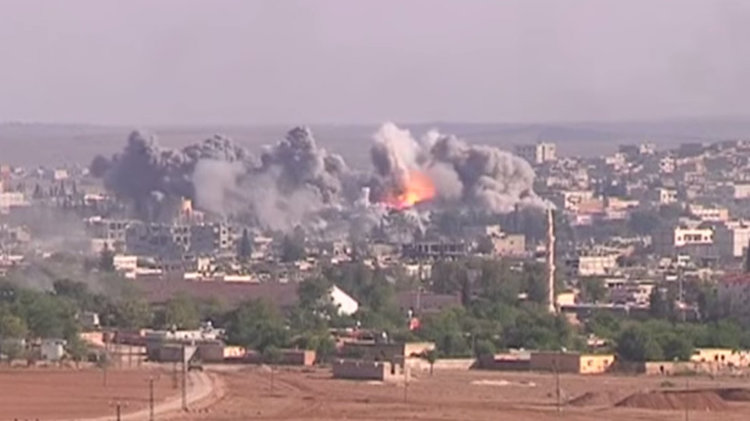By Jaya Ramachandran
BERLIN | CANNES | NEW YORK (IDN) – Nearly six months before Ban Ki-moon relinquishes his post after ten years as UN Secretary-General, his unrelenting efforts underway since January to engage corporate leaders and entrepreneurs for the 2030 Agenda for Sustainable Development are beginning to bear fruit.
Speaking at the Lions Festival of Creativity, Cannes, on June 24, Ban said the world’s six biggest advertising and marketing services groups – Dentsu, Havas, IPG, Omnicom, Publicis and WPP – had decided to launch a first-of-its-kind initiative, the Common Ground initiative.
The initiative seeks “to beat ultra-competitors, poverty, inequality and injustice” by supporting a 15-year anti-poverty, pro-planet action plan, adopted by 193 Member States in September 2015.









